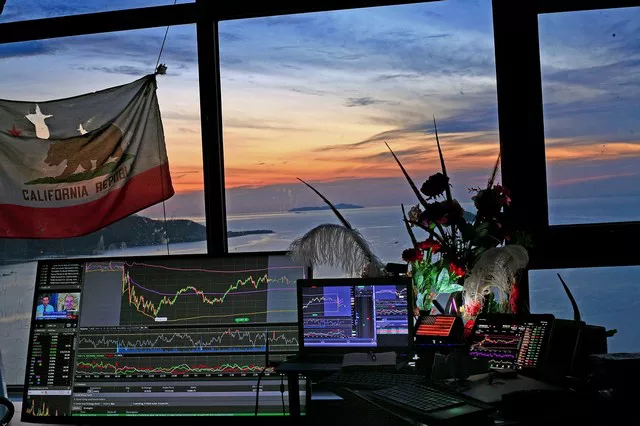Abstract:
The Chicago Mercantile Exchange (CME) stands as a pillar in the global financial landscape, facilitating the trading of various financial derivatives, commodities, and other financial instruments. Understanding the intricate web of governance, operations, and key players behind the CME is crucial for any participant in the financial markets. This article delves deep into the mechanisms and entities responsible for running the CME, shedding light on its governance structure, regulatory framework, and operational procedures.
Introduction:
The CME, founded in 1898, has evolved into the world’s largest futures exchange, playing a pivotal role in shaping the dynamics of global finance. Its diverse range of products, from agricultural commodities to interest rate derivatives, attracts traders, investors, and hedgers from around the globe. However, the question remains: who truly runs the CME? To answer this, we must explore the intricate network of stakeholders, regulators, and operational bodies that collectively oversee the functioning of this financial powerhouse.
Governance Structure:
At the apex of the CME’s governance structure is its Board of Directors, comprised of seasoned professionals from various sectors of the financial industry. This board sets the strategic direction and oversees the management of the exchange. Beneath the Board of Directors lies the executive management team, responsible for day-to-day operations and implementing the board’s directives.
Additionally, the CME operates within a regulatory framework established by governmental bodies such as the Commodity Futures Trading Commission (CFTC) in the United States. These regulatory authorities ensure compliance with financial regulations, maintain market integrity, and safeguard the interests of market participants.
Key Players:
Beyond the formal governance structure, several key players wield significant influence within the CME ecosystem. Market makers, for instance, play a crucial role in providing liquidity and maintaining orderly markets by quoting bid and ask prices for various contracts. Clearing firms facilitate the settlement of trades and manage counterparty risk, ensuring the smooth functioning of the exchange.
Moreover, institutional investors, including hedge funds, pension funds, and asset managers, are major participants in CME markets, driving trading volumes and influencing market trends. Understanding the motivations and strategies of these key players is essential for comprehending the dynamics of CME markets.
Operational Procedures:
The day-to-day operations of the CME are meticulously orchestrated to ensure efficiency, transparency, and fairness in market transactions. Central to these operations is the electronic trading platform, which enables traders to buy and sell contracts remotely, around the clock. Real-time market data feeds provide participants with vital information on prices, volumes, and market depth, empowering them to make informed trading decisions.
Furthermore, the CME employs robust risk management protocols to mitigate systemic risks and protect market integrity. Margin requirements, position limits, and market surveillance mechanisms are among the tools utilized to maintain stability and prevent market manipulation.
Regulatory Oversight:
As a leading financial exchange, the CME operates under the watchful eye of regulatory authorities tasked with ensuring compliance with applicable laws and regulations. The CFTC, as the primary regulator of derivatives markets in the United States, conducts regular inspections and audits to assess the CME’s compliance with regulatory requirements.
In addition to external oversight, the CME maintains internal compliance functions responsible for monitoring trading activities, detecting potential violations, and implementing corrective measures when necessary. This dual-layered approach to regulation underscores the exchange’s commitment to maintaining the integrity and trust of market participants.
Challenges and Future Outlook:
While the CME has thrived as a preeminent financial exchange, it faces a myriad of challenges in an increasingly complex and interconnected global marketplace. Technological disruptions, regulatory changes, and geopolitical uncertainties pose ongoing threats to the exchange’s stability and growth.
Looking ahead, the CME must remain vigilant in adapting to evolving market dynamics and embracing innovation to stay ahead of the curve. Collaboration with regulators, market participants, and technology partners will be key to navigating these challenges and charting a course for sustained success.
Conclusion:
In conclusion, the Chicago Mercantile Exchange stands as a beacon of innovation and efficiency in the global financial landscape. Understanding the governance structure, key players, operational procedures, and regulatory framework that govern the CME is essential for anyone seeking to navigate its markets successfully. By delving into the intricacies of who truly runs the CME, we gain valuable insights into the inner workings of one of the world’s most influential financial institutions.


